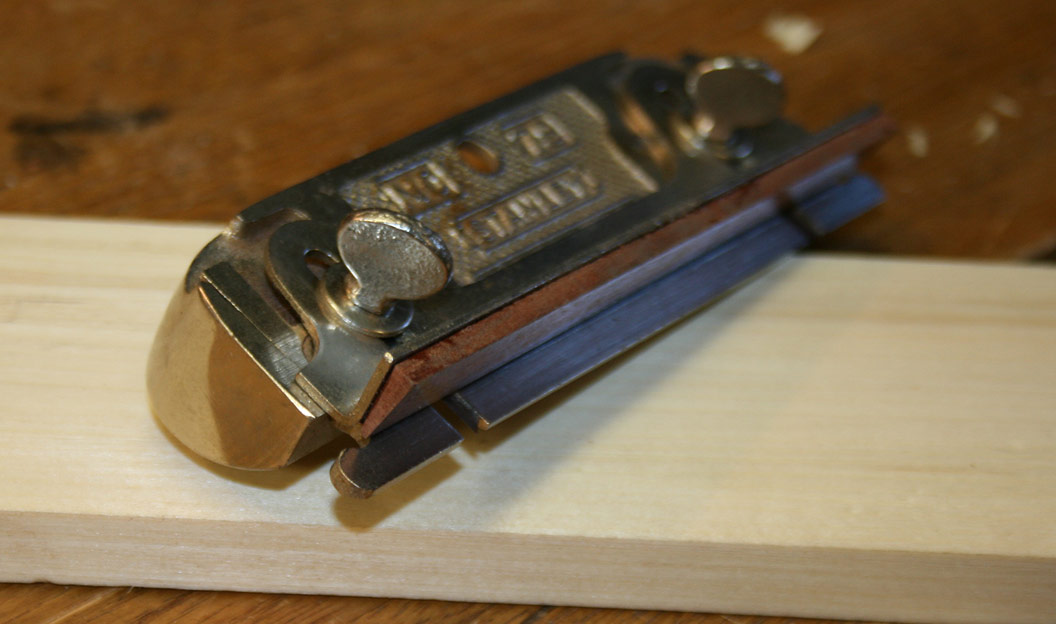Gentlemen!
Hoping I can acquire some insight. I'm building a tabletop and debating wether to make the crossgrain battens with a tapered dovetail rather than a plain sliding dovetail. The plain dovetail works fine for this, but to get a very tight fit I would like to make a minor taper.
When introducing a taper to this, does that change make the joint something that will bind when the RH drops assuming also that the tapered dovetail is pinned in the center?
The taper will be quite minor, something like 1/16" over the 30" width, so I'm wondering if the bind will be muted by compressing grain.
Thank you for any insights.





 Reply With Quote
Reply With Quote
 Waiting for the waterlox to completely out gas....that stuff can linger.
Waiting for the waterlox to completely out gas....that stuff can linger.



 The only difference with what you have planned is that the housings are short, and some are "gang" shaped, which means that keeping them parallel was indicated.
The only difference with what you have planned is that the housings are short, and some are "gang" shaped, which means that keeping them parallel was indicated. 

